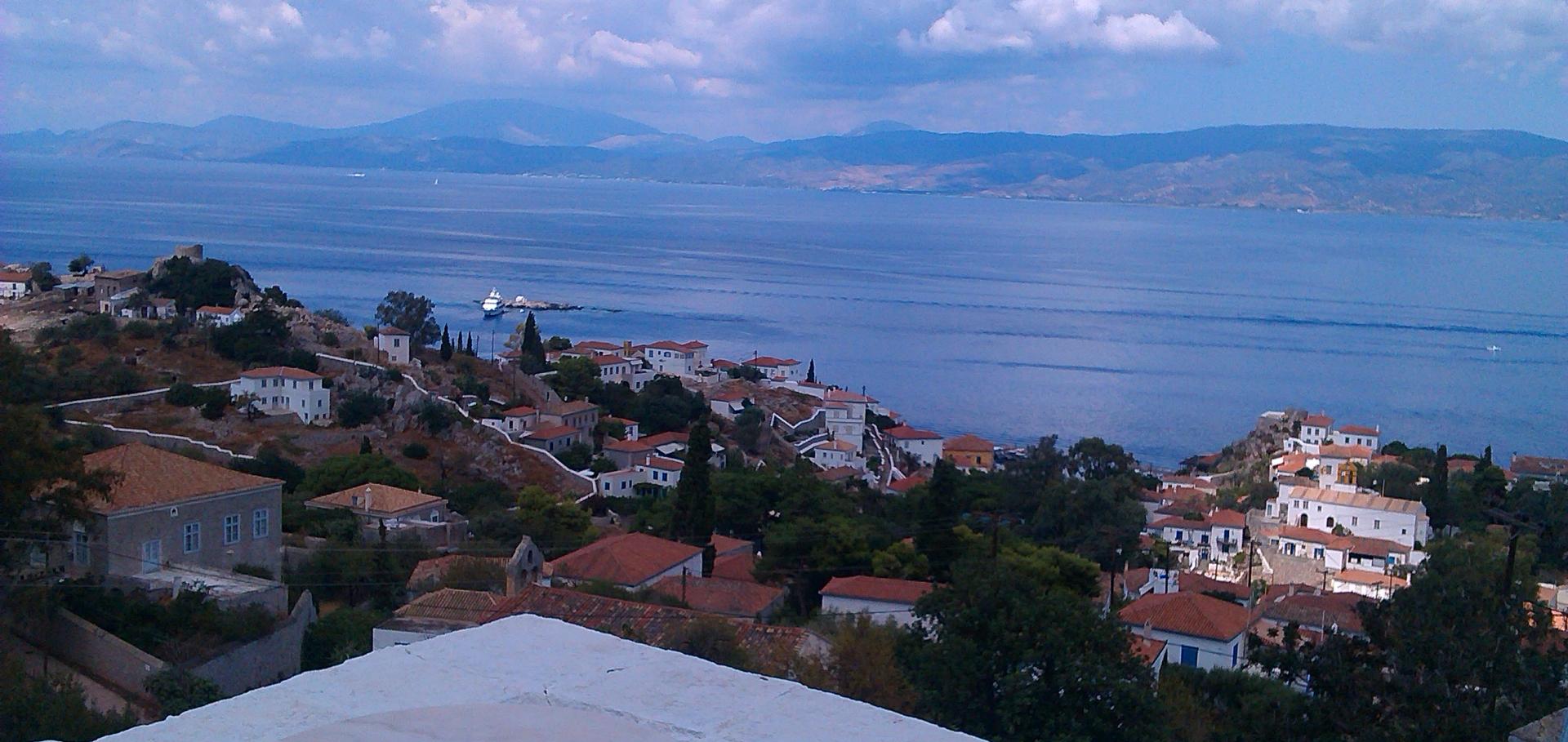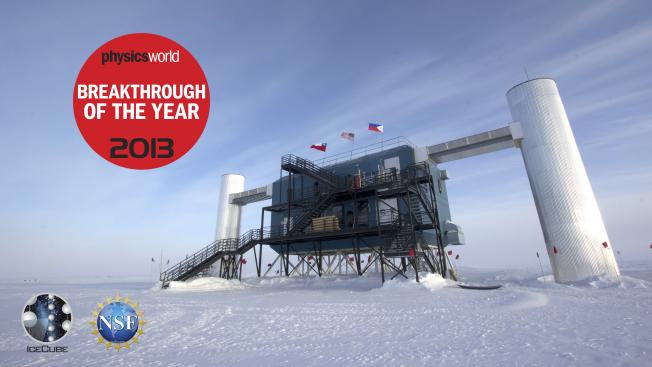Searching for soft relativistic jets in Core-collapse Supernovae with the IceCube Optical Follow-up Program
ArXiv 1111.703 (2011)
Abstract:
Context. Transient neutrino sources such as Gamma-Ray Bursts (GRBs) and Supernovae (SNe) are hypothesized to emit bursts of high-energy neutrinos on a time-scale of \lesssim 100 s. While GRB neutrinos would be produced in high relativistic jets, core-collapse SNe might host soft-relativistic jets, which become stalled in the outer layers of the progenitor star leading to an efficient production of high-energy neutrinos. Aims. To increase the sensitivity to these neutrinos and identify their sources, a low-threshold optical follow-up program for neutrino multiplets detected with the IceCube observatory has been implemented. Methods. If a neutrino multiplet, i.e. two or more neutrinos from the same direction within 100 s, is found by IceCube a trigger is sent to the Robotic Optical Transient Search Experiment, ROTSE. The 4 ROTSE telescopes immediately start an observation program of the corresponding region of the sky in order to detect an optical counterpart to the neutrino events. Results. No statistically significant excess in the rate of neutrino multiplets has been observed and furthermore no coincidence with an optical counterpart was found. Conclusion. The search allows, for the first time, to set stringent limits on current models predicting a high-energy neutrino flux from soft relativistic hadronic jets in core-collapse SNe. We conclude that a sub-population of SNe with typical Lorentz boost factor and jet energy of 10 and 3\times10^{51} erg, respectively, does not exceed 4.2% at 90% confidence.The effect of the geomagnetic field on cosmic ray energy estimates and large scale anisotropy searches on data from the Pierre Auger Observatory
ArXiv 1111.7122 (2011)
Abstract:
We present a comprehensive study of the influence of the geomagnetic field on the energy estimation of extensive air showers with a zenith angle smaller than $60^\circ$, detected at the Pierre Auger Observatory. The geomagnetic field induces an azimuthal modulation of the estimated energy of cosmic rays up to the ~2% level at large zenith angles. We present a method to account for this modulation of the reconstructed energy. We analyse the effect of the modulation on large scale anisotropy searches in the arrival direction distributions of cosmic rays. At a given energy, the geomagnetic effect is shown to induce a pseudo-dipolar pattern at the percent level in the declination distribution that needs to be accounted for.Trigger and Aperture of the Surface Detector Array of the Pierre Auger Observatory
ArXiv 1111.6764 (2011)
Abstract:
The surface detector array of the Pierre Auger Observatory consists of 1600 water-Cherenkov detectors, for the study of extensive air showers (EAS) generated by ultra-high-energy cosmic rays. We describe the trigger hierarchy, from the identification of candidate showers at the level of a single detector, amongst a large background (mainly random single cosmic ray muons), up to the selection of real events and the rejection of random coincidences. Such trigger makes the surface detector array fully efficient for the detection of EAS with energy above $3\times 10^{18}$ eV, for all zenith angles between 0$^\circ$ and 60$^\circ$, independently of the position of the impact point and of the mass of the primary particle. In these range of energies and angles, the exposure of the surface array can be determined purely on the basis of the geometrical acceptance.Gravitino cosmology with a very light neutralino
ArXiv 1111.5715 (2011)



